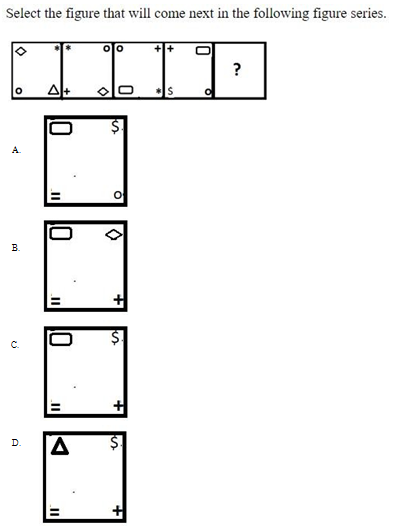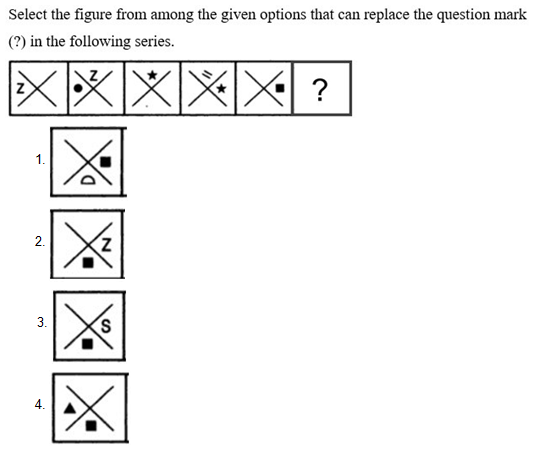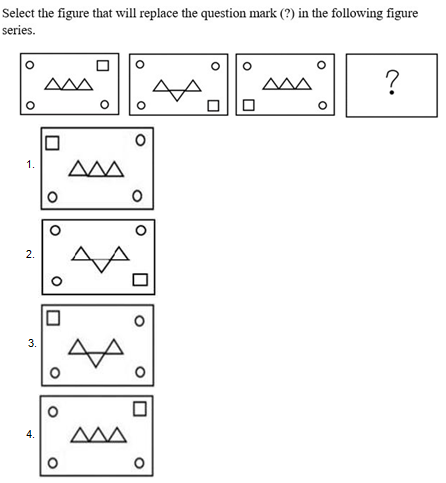Question
Statement: The Ministry of Civil Aviation has proposed
amendments to the Civil Aviation Requirements to establish a National No-Fly List and quantify punishment for unruly passengers. I. The ministry of Civil Aviation felt the need of a National No-Fly list, to tackle the issues of unruly passengers. II. As per the Ministry of Civil Aviation the incidents of passengers behaving unruly in Indian flights is very common. In each question below a statement is given followed by two assumptions numbered I and II. An assumption is something supposed or taken for granted. You have to consider the statement and the following assumptions and decide which of the assumptions is implicit in the statement.Solution
Because there was a need, the Ministry of Civil Aviation has proposed amendment to the Civil Aviation Requirements and hence assumption I is true. We however don’t know anything about the frequency of such incidents, and thus assumption II can’t be true. Hence only Assumption I is correct and option 1 is the correct answer.

Which of the given figures when placed in the 5th position would continue the series that is established by the first four figures?
Select the figure from the alternatives which will complete the pattern in given question figure.
Read the given statements and conclusions carefully. Assuming that the information given in the statements is true, even if it appears to be at varianc...
If the word 'EXAMINATION' is arranged in alphabetical order from the right end, then which of the following letter will be fourth letter to the right of...

Which figure should replace the question mark (?) if the series were to continue?


In each of the following questions, find out which of the answer figures can be formed from the pieces given in the problem figure.



